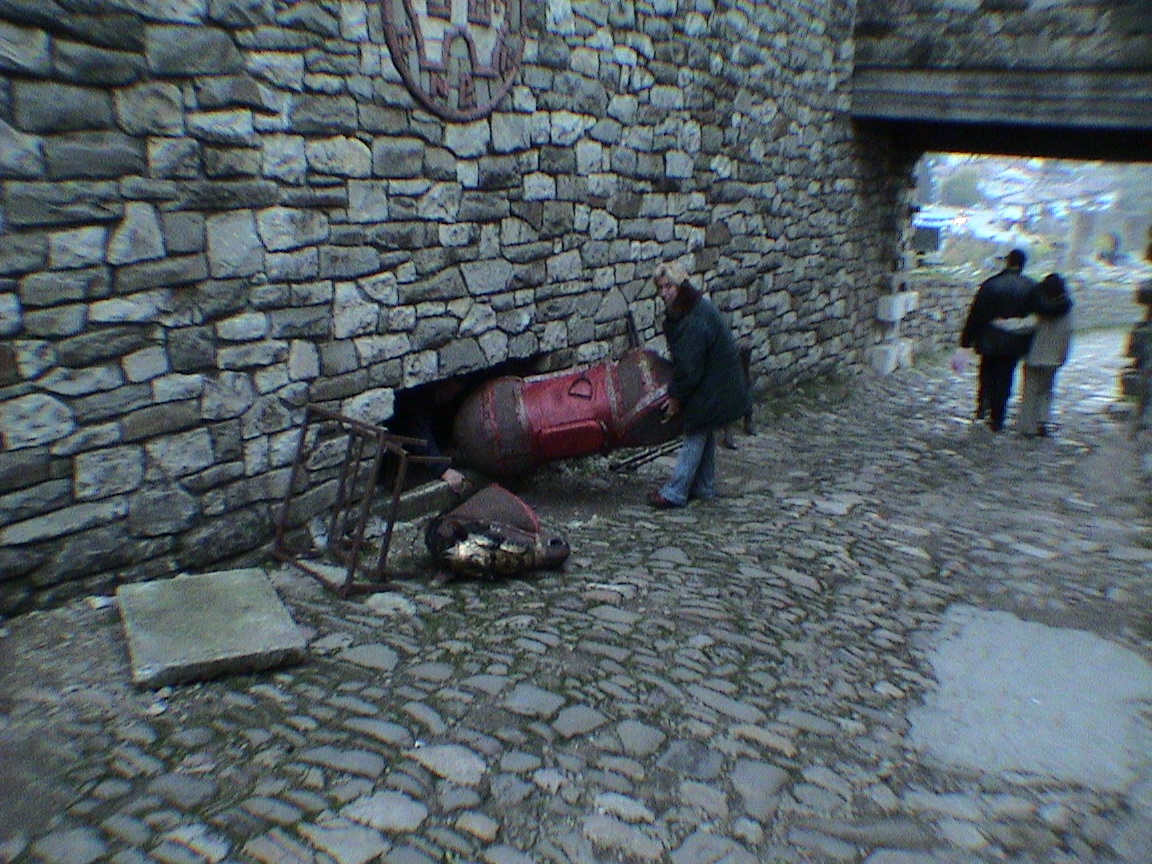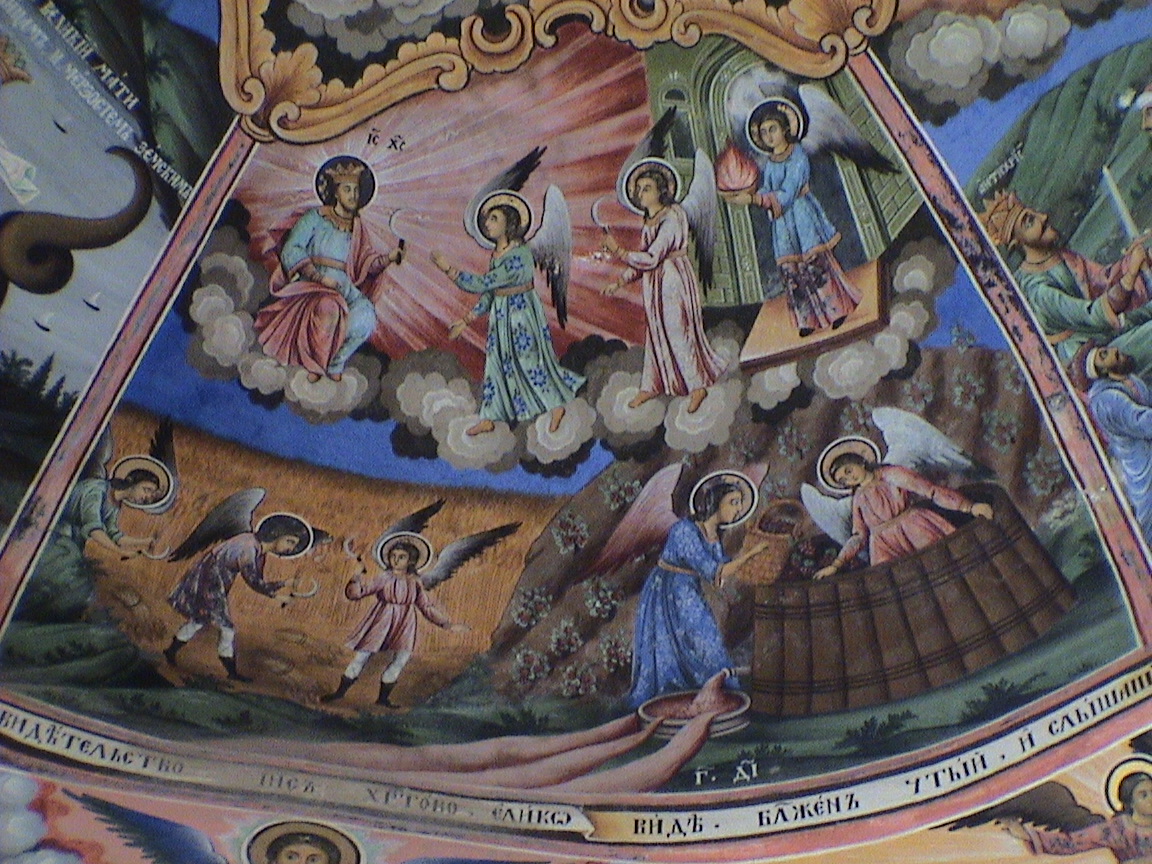____________________________________________________________________________
The Stranzha Project
The Strandzha Project is an ongoing collaboration between U.S. and Bulgarian theater artists interested in interpreting archaeological material through performances of object theater. The project started in 2003 when archaeologists Kathleen Hawthorne, Robert Somers, and I started a dialogue about how current trends in post-processual archaeology were opening the door for new ways to relate the material record to the public. Whereas both fields are rooted in physical matter, the idea of using object theater to present archaeological research is unorthodox but potentially more attuned to the human story behind historic discards, lifting them from the glass cases and setting their otherwise staid circumstantial didactics to music and lay interpretation.
The project gets its name from the Strandzha region, a hinterland between Bulgaria and Turkey that is largely unexplored with no extant maps, no tourism, and a bewildering number of significant archaeological sites and unique cultures including the Nestinarii, famous for their millenia-old rituals of entranced walks on hot coals.
Our History In Brief:
In 2001, I was invited by Kathleen Hawthorne (a remarkable creature who I first met in India in 1989) to an abandoned brown field adjacent a ceramics factory in Transylvania to help out with a archaeological excavation of what was presumed to be a Dionysian sanctuary. Among the pottery shards, millennia- old chicken bones, and other Roman relics were small figurines with articulated phalluses. These tiny puppets were presumably used in private sanctuaries to the god Sebasius (akin to Dionysus) as the god of dying and resurrection of nature to the Thracians (6,000 BCE - 1st century BCE). These are some of the oldest forms of puppetry in the world, akin to the Osiris fertility figurines of Egypt.
The following year, in 2002, I joined Kathleen and Robert on a cross country tour of Bulgaria where we visited villages, got lost on broken forest roads, and generally spent a lot of time going over the richness of Bulgarian history and literature, of which I knew nothing. I finished my travels backpacking solo in the Rila Mountains where, in the alpine fog, I met two young women from Sofia who highly recommended I visit the National Academy to find, in their words, “super puppeteers.”
In 2003, I returned to Bulgaria with a grant from TCG/ITI to travel and locate potential partners for a U.S./Bulgarian collaboration in puppet theater on archaeological themes. This year brought me to the National Academy of Theater and Film Arts in Sofia where I met professors Slavcho Malenov, Petr Pashov, and wife Zheny Pashova. During this visit, I just happened to catch a new performance of the Pashov’s senior class entitled Bezani or “Sleepless” - 9 vignettes about love and loss using simple materials and live music. With a cast of 20 or so extremely talented performers, live traditional Bulgarian music and songs, and elegant, simple puppetry with minimal means (including silk parachutes, water, and spinning wheels) I was duly impressed. Ironically, the group I came to work with was as young collective called Theater Nobodies - a cadre experimental puppeteers eager to break the academic molds given to them by the Academy. This collective, led by Magdalena Miteva, Mila Kolarova, and Pepe Gaidarov, would become the missing piece to the project.
We chose the site of Develtus near the Black Sea as a potential site to glean material and possibly perform. This enormous site contains layers of settlement stretching back to the Thracians as seen in the numerous tumuli or burial grounds of the necropolis, still unexcavated today and left overgrown in farmer’s fields. These tumuli have been used over the centuries as public graves and so excavating these reveals layers of internment, including bodies nailed to the ground - a common way of burying suspected vampires. Judging by the fact that a necropolis historically demarcated the ends of a city, this site is at least a square kilometer in size.
This is a life-long project with long periods of hiatus between iterations. Next project will be about the centuries old public thermal spigots in downtown Sofia and how they are used every day and widely considered to have healing properties.








